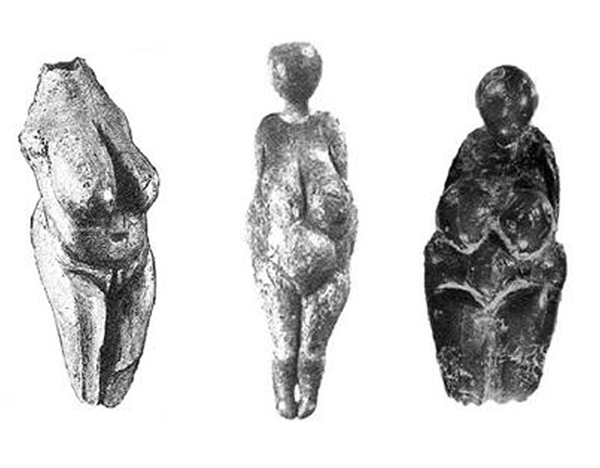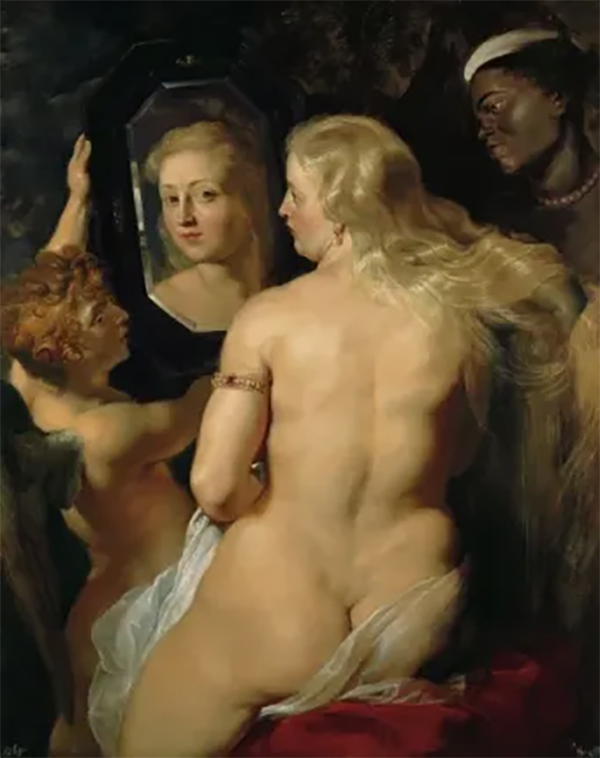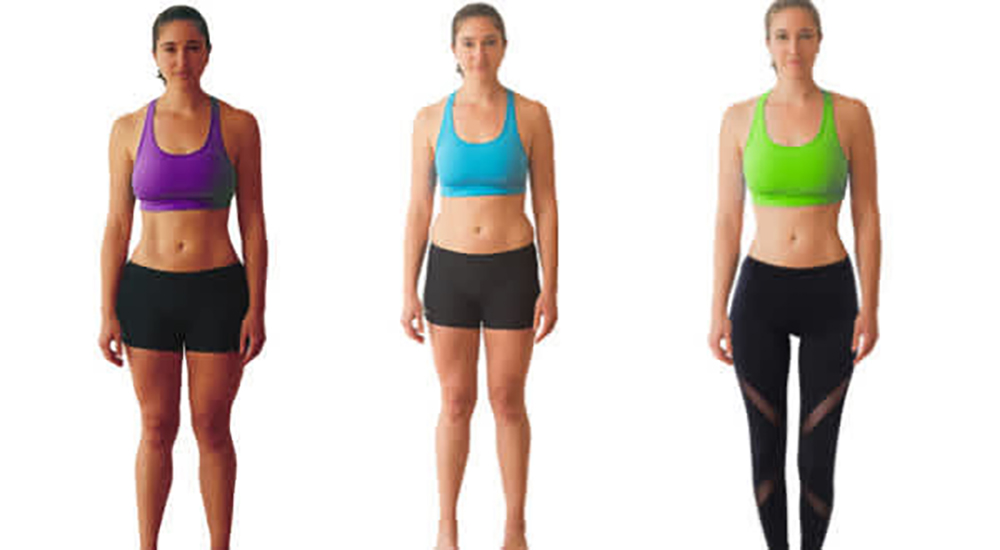The Evolution of the Ideal Body Type
Pear-Shaped Bodies in the 1700s and 1800s
If you were living in the 1700s and 1800s and were of the “perfect modern size”, you’d be out of luck. The women’s figures of those times were often round, pear-shaped, with large breasts and thick hips. You may think it isn’t beautiful, but historians say that such figures represent a symbol of fertility, which was highly valued in that time.


The “Roubenesque” Figure in the 1900s
In the times of Roubens, or 1900, curvy and voluptuous types were in vogue. Many women were wearing padded understructures around the lower body, to make their figure look more voluminous.
Venus de Milo , Greek Beauty of 1820s, on the opposite, had small breasts and an elongated body, which was “achieved” by women with the use of corsets holding the waste super tight. As you can imagine, such clothing caused more than one health issue, from poor digestion and fainting to back muscle atrophy and rib cage deformities .
Later, two “ideals” were combined, and in the magazines appeared an image of a woman with voluminous body and a narrow waste.
Modern Body Image: As per Magazines and Social Media
In the 20th century, there was a shift to an increasingly young and athletic body type, which the researchers described as a ‘women’s ideal’ that was the thinnest in US history. Between 1901 and 1986, the bust-to-waist ratios among women in the magazines Vogue and Ladies Home Journal decreased by about 60%, according to a 1986 study from the journal Sex Roles.
We’ve seen social media promoting an equal size of bust and hips (athletic woman). Then, with the growing popularity of Kim Kardashian larger hips became an obsession. Recently, everyone has been into the so-called “guitar” or “hourglass” shape, characterized by its super-narrow waist.
Clothes sizes are designed based on the current “normal” body type stereotypes, which has an additional impact on a woman’s self-image. It can be frustrating to shop for a set of clothes when only the top or bottom fits, or when you need to buy clothes in a large or extra-large size due to having wide hips. A tight style of clothing additionally requires you to change it every time you gain or lose a few pounds, as well as to be aware of every inch and “fold” of your body. This in itself can make you feel inadequate. Many women evaluate themselves through comparison with small sizes, BMI charts, and the “perfect” body images on the screen.

First artists, then magazines, and now social media and the clothes industry greatly predetermine the women’s figure ‘standards’. Many women have bought into this and continue to do so. The slim body image originated a growing pandemic of eating disorders, as well as a host of other health problems. Recently, it has begun to impact young adults, adolescents, and even children.
Body Image and Children: The Growing Pandemic of Eating Disorders

• Twenty-four percent of children aged 3 to 5 suffer from body image issues.
• According to a study published in the journal BMC Public Health in 2015, among a sample of 6,411 South Africans 15 and older, 45.3% reported being generally dissatisfied with their body size.
• Between 1999 and 2006, hospitalizations for eating disorders in the US spiked 119% among children under age 12.
Unfortunately, the social environment dictates one-for-all weight standards to us, and, sadly, our children fall into this trap as well. There is no “ideal weight” number and has never been. People come in all shapes and sizes, and they are all beautiful.
